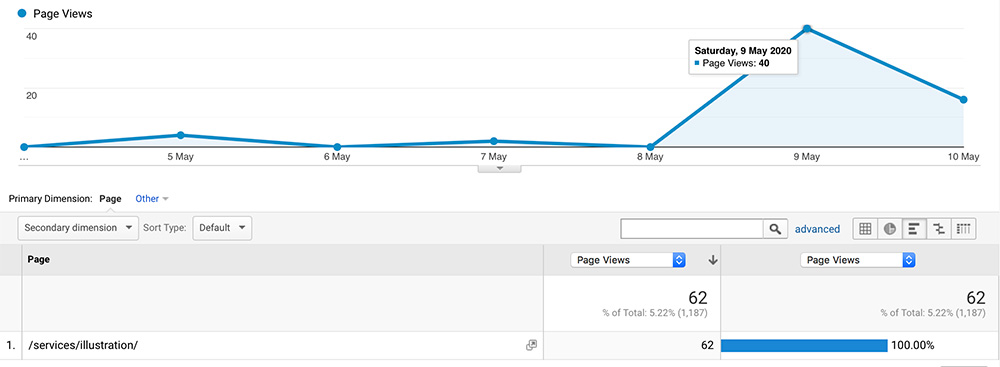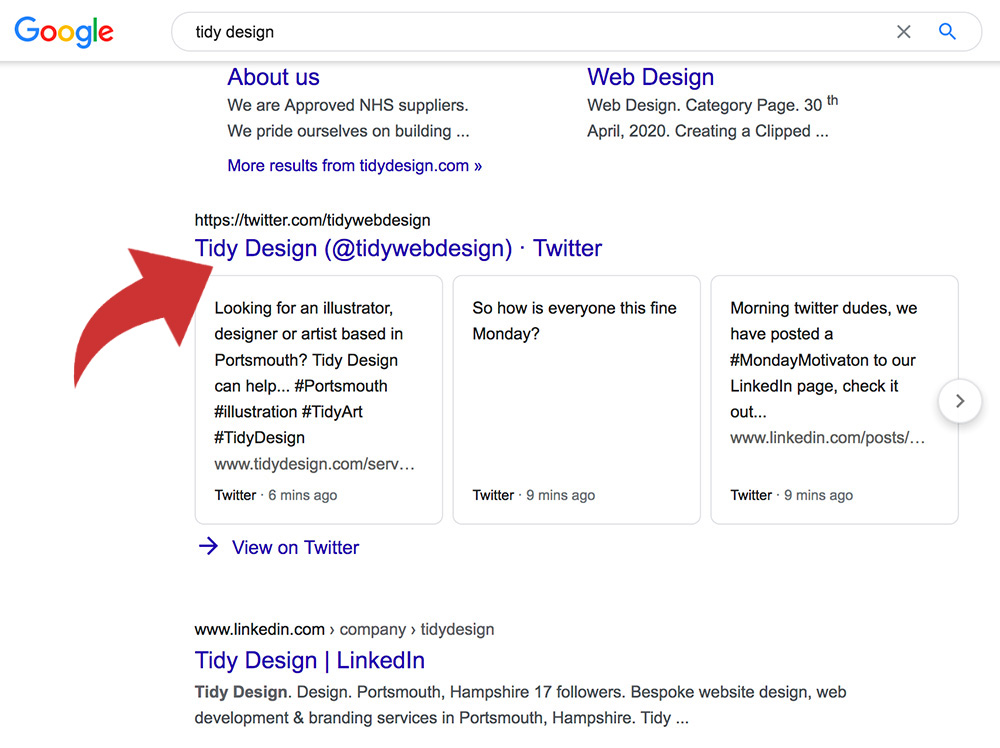11th May, 2020
I read a tweet a couple of weeks ago, I believe it was from Moz. The tweet asked; what is your favourite ranking factor? So, I decided to add “write a post about ranking factors” to my to-do list. I thought it would make an interesting read…

A ranking factor is a variable that a search engine such as Google will use to decide the best order of results. This means when you search for something, the results returned for your search query are relevant, giving you the best possible user experience.
So what do we know about ranking factors?
Google will occasionally confirm a “ranking factor”. If we look back at recent years we had HTTPS (website security), page speed (usability), and mobile first indexing (supporting new tech). But, these ranking factors were also a means for Google to encourage innovation, helping to shape the web of today.
The truth is we don’t know exactly how many ranking factors there are, and Google keeps this data pretty close to its chest. Webmasters and SEO folk have an idea how Google digests data / your website, but a good plan of action is to factor in both Google and your customer. You should not neglect customers to make Google happy, but find a balance.
A few ranking factors
Below I have listed a few important ranking factors, some suggestions to help boost your organic search results. We know Google has some super complex algorithms in place to decide which content gets displayed on page one. But subtle improvements and updates can make a big difference.

So let’s try and nudge our own websites a little higher up their search results. In no particular order, drum roll please…
Better UX (User Experience)
We are all guilty of ignoring or neglecting our own website from time to time (sometimes its weeks, months or even years)! A fact; being in business is hard work, and blogging on a regular basis is a real challenge too. Especially if you factor in UX analysis and your mission is to produce “quality” content over “just post anything” content…
Did you know that Google has been using AI (artificial intelligence) to better rank web pages for some time now. RankBrain, a component of Google’s search algorithm which uses machine learning was rolled out back in 2015!

RankBrain likes engagement metrics. So if a person lands on your website, they don’t like what they see and they exit. Google (its RankBrain) will think a page is not relevant to their needs. This engagement snapshot is called a bounce rate, and it is linked to user experience. On the flip side; if a person lands on your web page and they stick around, this tells Google your content is pretty damn cool – nice job!
So to conclude; don’t be complacent and ignore your website. Review and update page meta and title tags. Review and update website content (both old and new). Try and understand and improve your bounce rate. Aim to deliver quality content, if you can deliver this then both your customers and Google will be happy.
Social Signals
Google says that social shares are not a direct ranking factor. However, with twitter feeds popping up in organic search results, it makes sense to grab as much of page one as possible!

Tweets aside, you could argue that more social shares will generate more traffic to a post or page. This could well result in that post or page obtaining organic backlinks from other sites on the web. This would indirectly make your social activity a ranking factor, plus help to grow brand awareness on social platforms.
As with blog posts and content marketing, try offering value and informative content via your social media accounts. Another approach is to be entertaining or offer something current or fun (maybe piggyback off current trends), please check out our social media advertising post for an example of this.
Domain Names
When it comes to search engine rankings, your domain authority and domain name can sometimes impact its position. I read a study that said nearly 60% of top ten Google search results are websites that are three years old or more! So if you have had your website/domain for a while now, a few subtle updates could go a long way.
If we rewind back several years, Google targeted and penalised “exact-match” domains. This was all the rage way back then, a fast track to the top of Google. However, a penalty for spammy websites using keywords in the domain was deployed, this targeted those offering minimal content on an “exact-match” domain. Ok, having a keyword in your domain can indeed help. However I’d box clever and suggest they be relevant not spammy. If your business name is available then opt for this over an “exact-match” domain and market the hell out of it.
Website Speed
Going back to beginning of this post I mentioned that Google will occasionally confirm some ranking factors, one of these being website speed. I wrote a post on this earlier in the year, please check it out – What is GTmetrix.
What now?
Here at Tidy Design we know that this is a testing time for many businesses. COVID-19 plus several weeks of lockdown has impacted our economy and also our sanity. It has been tough going for many of us, especially for those with loved ones affected by this horrible pandemic.
I believe keeping busy is important, especially during challenging times. Personally I really enjoy writing blog posts and sharing ideas with our Tidy Blog readers. Now is the perfect time for business owners to step back and review their websites. Why not make subtle improvements or updates, review data, develop new content and resources for life after COVID-19. Add content today that a future you (website visitor) will be grateful for.
Anyway, I hope you enjoyed this post and it provided some food for thought? If you have any questions regarding search engine ranking factors, Google or Tidy Design then do send them over, I’d be happy to help.
Until next time, keep it tidy…
Mike